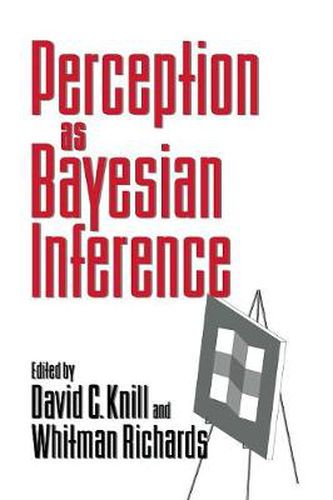Readings Newsletter
Become a Readings Member to make your shopping experience even easier.
Sign in or sign up for free!
You’re not far away from qualifying for FREE standard shipping within Australia
You’ve qualified for FREE standard shipping within Australia
The cart is loading…






In recent years, Bayesian probability theory has emerged not only as a powerful tool for building computational theories of vision, but also as a general paradigm for studying human visual perception. This book provides an introduction to and critical analysis of the Bayesian paradigm. Leading researchers in computer vision and experimental vision science describe general theoretical frameworks for modeling vision, detailed applications to specific problems and implications for experimental studies of human perception. The book provides a dialogue between different perspectives both within chapters, which draw on insights from experimental and computational work, and between chapters, through commentaries written by the contributors on each other’s work. Students and researchers in cognitive and visual science will find much to interest them in this thought-provoking collection.
$9.00 standard shipping within Australia
FREE standard shipping within Australia for orders over $100.00
Express & International shipping calculated at checkout
In recent years, Bayesian probability theory has emerged not only as a powerful tool for building computational theories of vision, but also as a general paradigm for studying human visual perception. This book provides an introduction to and critical analysis of the Bayesian paradigm. Leading researchers in computer vision and experimental vision science describe general theoretical frameworks for modeling vision, detailed applications to specific problems and implications for experimental studies of human perception. The book provides a dialogue between different perspectives both within chapters, which draw on insights from experimental and computational work, and between chapters, through commentaries written by the contributors on each other’s work. Students and researchers in cognitive and visual science will find much to interest them in this thought-provoking collection.